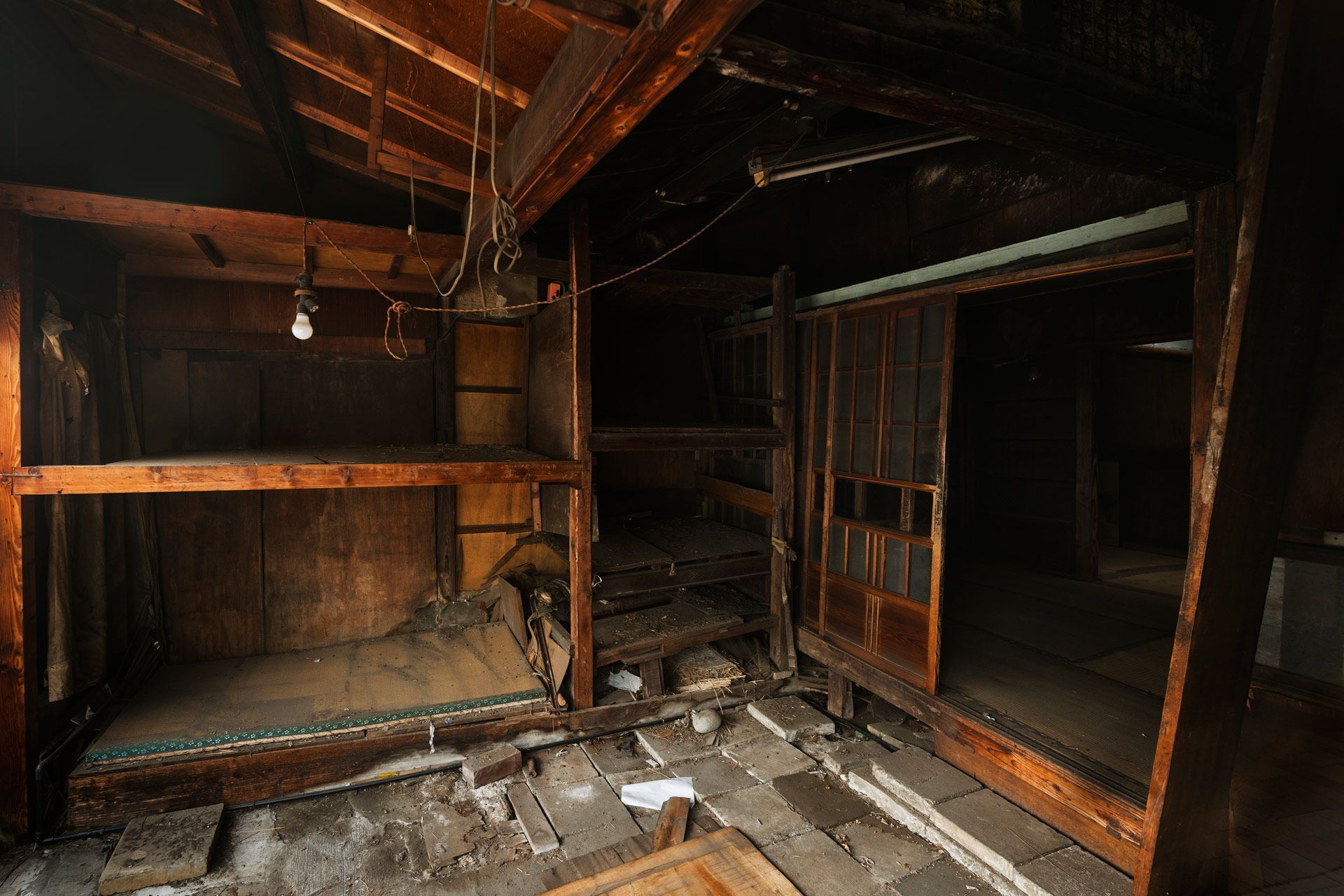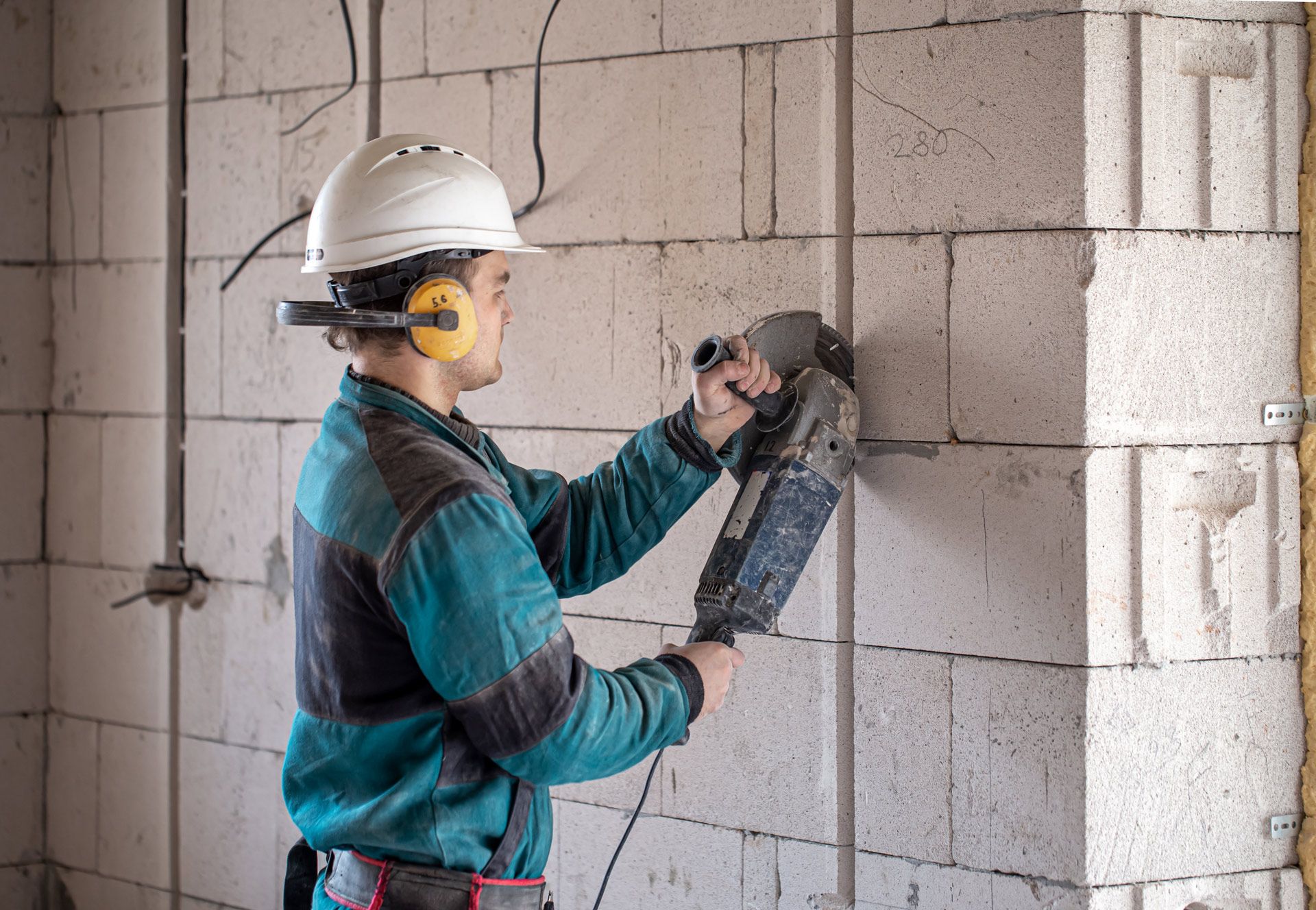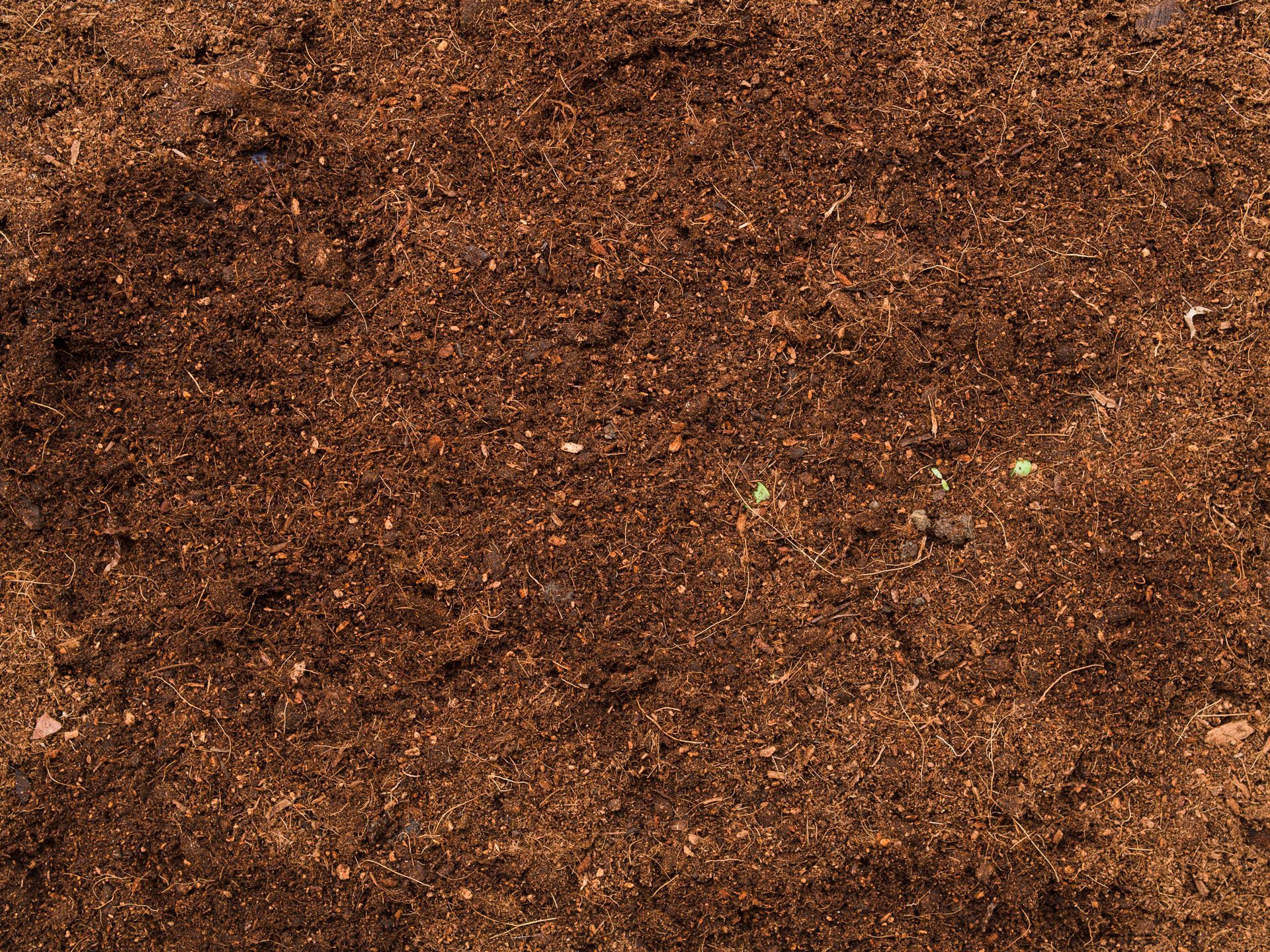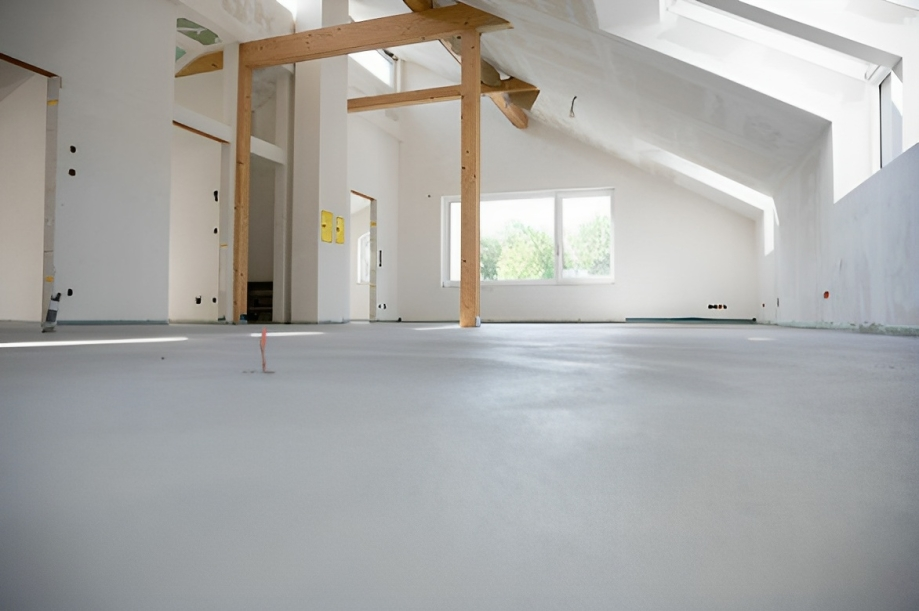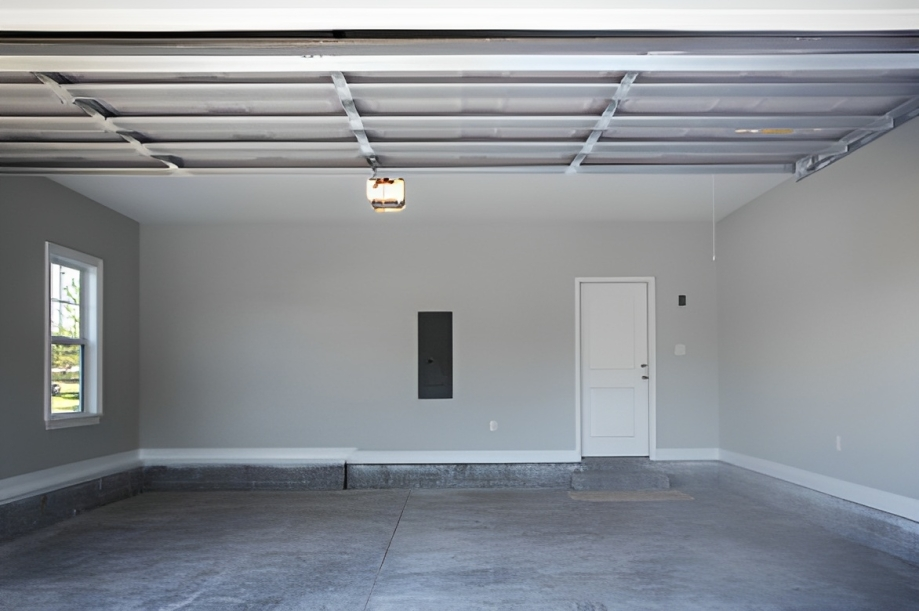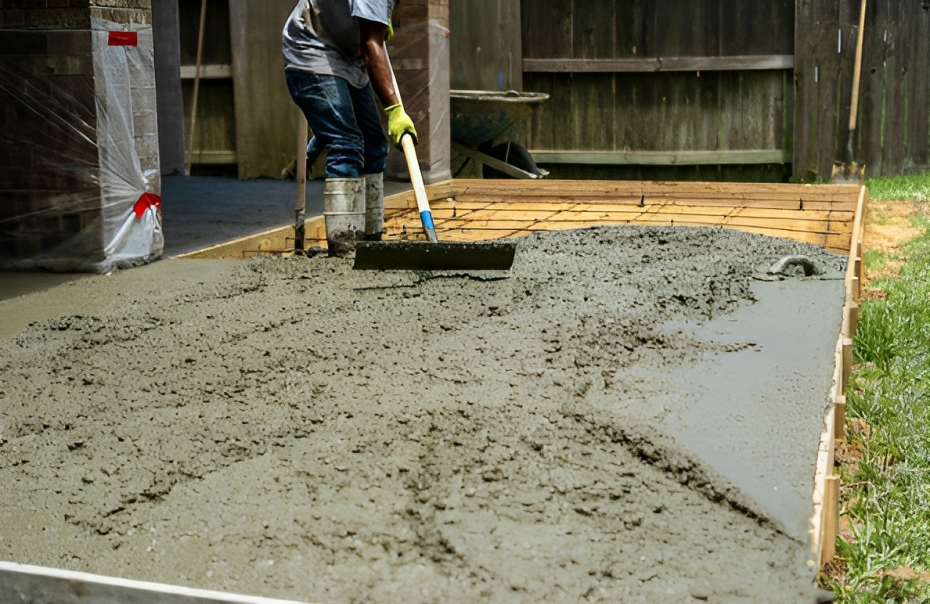Reinforcing Decks in Charlotte’s Climate: Best Practices
Introduction
Charlotte homeowners love their decks — whether for summer barbecues, quiet mornings, or gatherings under the Carolina sky. But behind every beautiful outdoor space is a structure constantly tested by the region’s heat, humidity, and seasonal storms.
In Charlotte’s variable climate, decks face challenges beyond everyday wear. Wood expands and contracts with moisture, fasteners corrode over time, and framing can weaken under constant exposure to the elements. Without proper reinforcement and maintenance, even a seemingly solid deck can become unsafe or structurally compromised.
This guide explains how Charlotte’s weather affects deck performance, when reinforcement becomes necessary, and what best practices help extend your deck’s lifespan safely and effectively.
How Charlotte’s Climate Impacts Deck Structures
The Role of Heat, Humidity, and Rain
Charlotte’s subtropical climate means decks endure year-round exposure to shifting temperatures, moisture, and UV radiation. Each of these elements contributes to material stress and deterioration:
- High humidity causes wood fibers to swell, leading to joint loosening and warping.
- Heavy rainfall and runoff introduce rot and mold in untreated or poorly sealed wood.
- UV exposure from long summers dries out boards and breaks down protective coatings.
- Temperature swings accelerate cracking and fastener fatigue.
This continuous cycle of moisture and heat places unique strain on deck framing, fasteners, and support posts — especially in older decks or those not originally built to current safety codes.
Common Structural Problems in Charlotte Decks
Understanding what typically fails helps homeowners know when reinforcement is needed. Common issues include:
- Loose or rusted fasteners that compromise board stability.
- Rotten joists or beams in moisture-prone areas near the ground.
- Weak ledger board connections pulling away from the home.
- Leaning or unstable support posts due to soil erosion or poor drainage.
- Sagging decks from undersized joists or overloaded spans.
Most of these issues begin subtly, but they progress quickly if not addressed, leading to unsafe conditions or costly full rebuilds.
How to Reinforce and Maintain Decks in Charlotte
Step 1: Inspect the Structure Thoroughly
Before reinforcing any deck, perform a complete visual and physical inspection. Look for discoloration, soft wood, or rust stains on hardware. Gently probe suspect areas with a screwdriver — if the tool penetrates easily, decay has begun.
Also, check the connection points:
- Where the deck attaches to the home (ledger board).
- The base of posts where they meet the soil or concrete.
- Underneath stairs and railings for hidden deterioration.
Scheduling a professional deck inspection every few years is a smart preventive measure, especially for older homes or those frequently exposed to heavy rainfall.
Step 2: Strengthen the Frame and Connections
Once weak points are identified, reinforcement can begin. Best practices for Charlotte’s conditions include:
- Replacing corroded hardware with stainless steel or galvanized fasteners designed for outdoor use.
- Adding metal joist hangers and brackets for increased load support.
- Sistering joists — attaching new lumber alongside existing beams — to restore strength in compromised sections.
- Installing diagonal bracing between posts and beams to resist lateral movement caused by wind or uneven ground.
- Upgrading ledger connections with lag bolts or structural screws to ensure a secure bond to the home.
These reinforcements not only improve safety but also prepare the deck to withstand Charlotte’s combination of humidity and seasonal storms.
Step 3: Protect Against Moisture and Weather Damage
Reinforcement isn’t only about hardware — protection from Charlotte’s wet climate is equally important. Apply these preventive steps:
- Seal or stain the deck annually with a moisture-resistant product.
- Ensure proper drainage beneath the deck to avoid standing water near posts.
- Use composite or pressure-treated materials in high-exposure areas.
- Install post caps to prevent water absorption through cut ends.
In moisture-heavy regions like Charlotte, these small protective details can extend a deck’s life by years.
Step 4: Monitor and Maintain
Even after reinforcement, decks require routine care. Every spring and fall, inspect for new cracks, loose boards, or wobbly railings. Clean surfaces thoroughly to remove debris that traps moisture.
If your deck supports heavy furniture, planters, or hot tubs, reassess load capacity periodically. Reinforcing with additional beams or joists may be necessary to handle increased weight safely.
FAQs About Deck Reinforcement in Charlotte
How often should a deck be inspected in Charlotte’s climate?
Ideally, decks should be inspected once a year. High-humidity environments accelerate wood decay, so early detection is critical to maintaining safety.
Can I reinforce my own deck, or should I hire a professional?
Minor tasks like tightening screws can be done by homeowners, but structural reinforcements—especially those involving beams, posts, or ledger connections—should be performed by a licensed contractor for safety and compliance.
What materials hold up best in Charlotte’s humidity?
Pressure-treated lumber, composite decking, and stainless steel hardware perform best. Avoid untreated wood or non-galvanized metal fasteners, which deteriorate quickly in moist air.
How do I know if my deck needs reinforcement instead of replacement?
If damage is localized—such as a few weak joists or corroded fasteners—reinforcement may be sufficient. If widespread rot or instability exists, replacement may be the safer long-term option.
Does reinforcement increase property value?
Yes. Reinforcing your deck not only improves safety but also enhances curb appeal and resale value, especially in competitive Charlotte neighborhoods where outdoor spaces are a selling point.
Local Insights: Why Deck Maintenance Is Critical in Charlotte
Charlotte’s year-round humidity, clay-heavy soil, and frequent thunderstorms make outdoor wood structures more vulnerable than in drier regions. Moisture trapped beneath decks or around support posts can lead to erosion, rot, and premature failure — even in newer builds.
Neighborhoods with dense tree cover or poor drainage, such as those near creeks or wooded lots, face elevated risks. Reinforcing and maintaining decks in these areas protects against both structural and environmental damage, ensuring long-term safety for families who rely on outdoor living spaces year-round.
Conclusion
Charlotte’s climate demands extra attention when it comes to deck maintenance and reinforcement. Regular inspections, quality hardware, and moisture protection aren’t just best practices—they’re essential safeguards against costly structural problems.
By reinforcing connections, upgrading materials, and managing drainage, homeowners can ensure their decks remain both safe and beautiful for years to come.
Structural Works, serving Charlotte and surrounding communities, provides expert deck inspections and structural repair solutions tailored to the region’s climate. Their focus on durability and precision helps homeowners protect what matters most—the safety and integrity of their homes.





